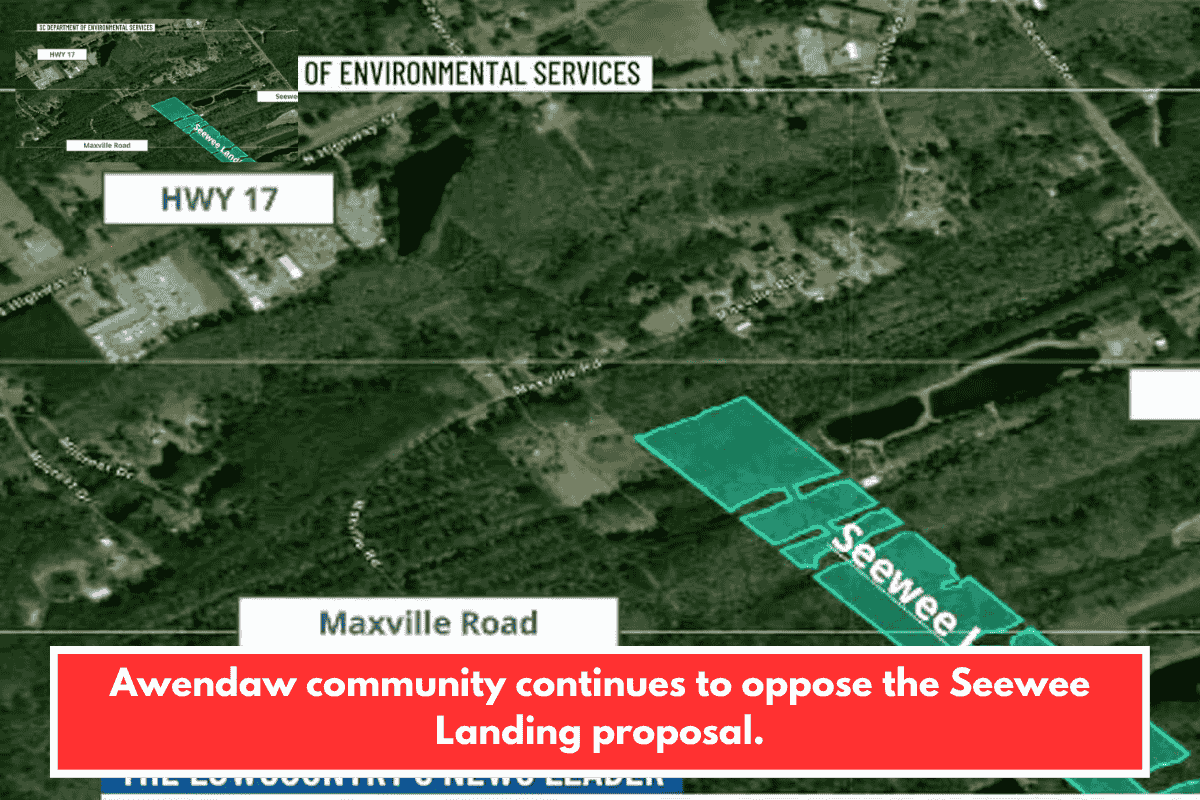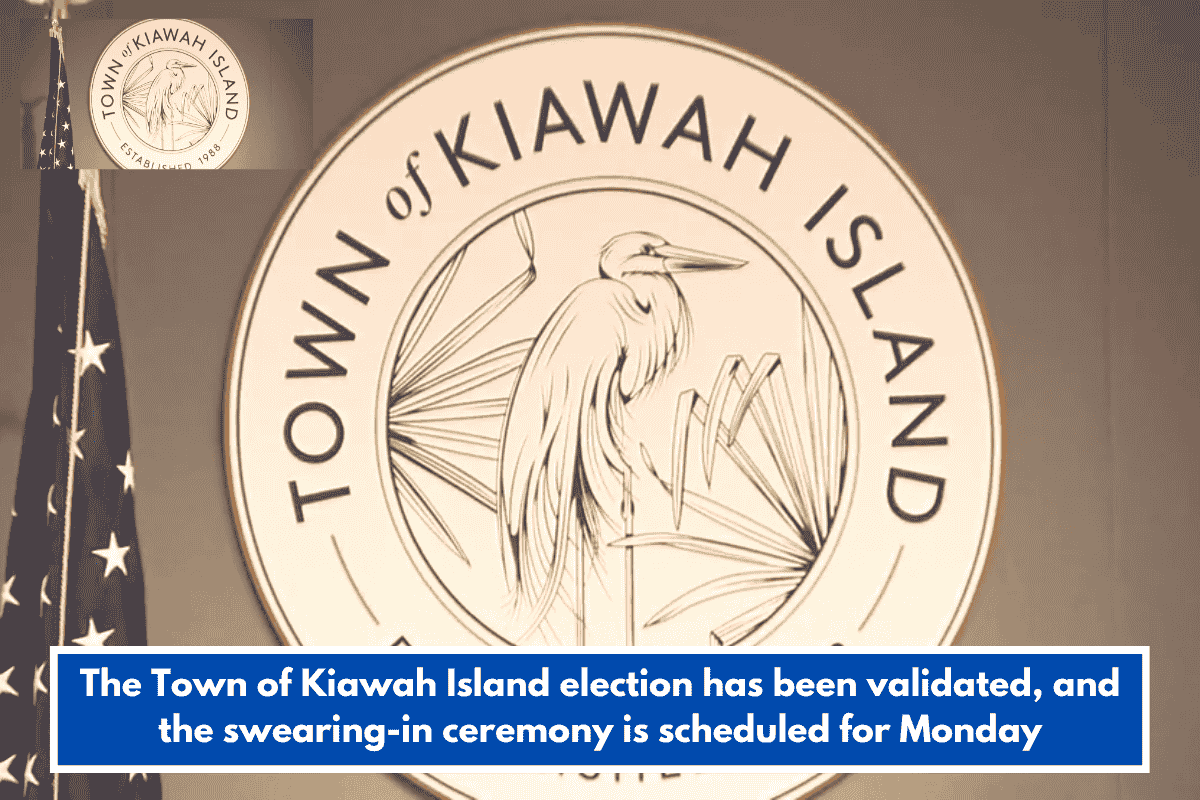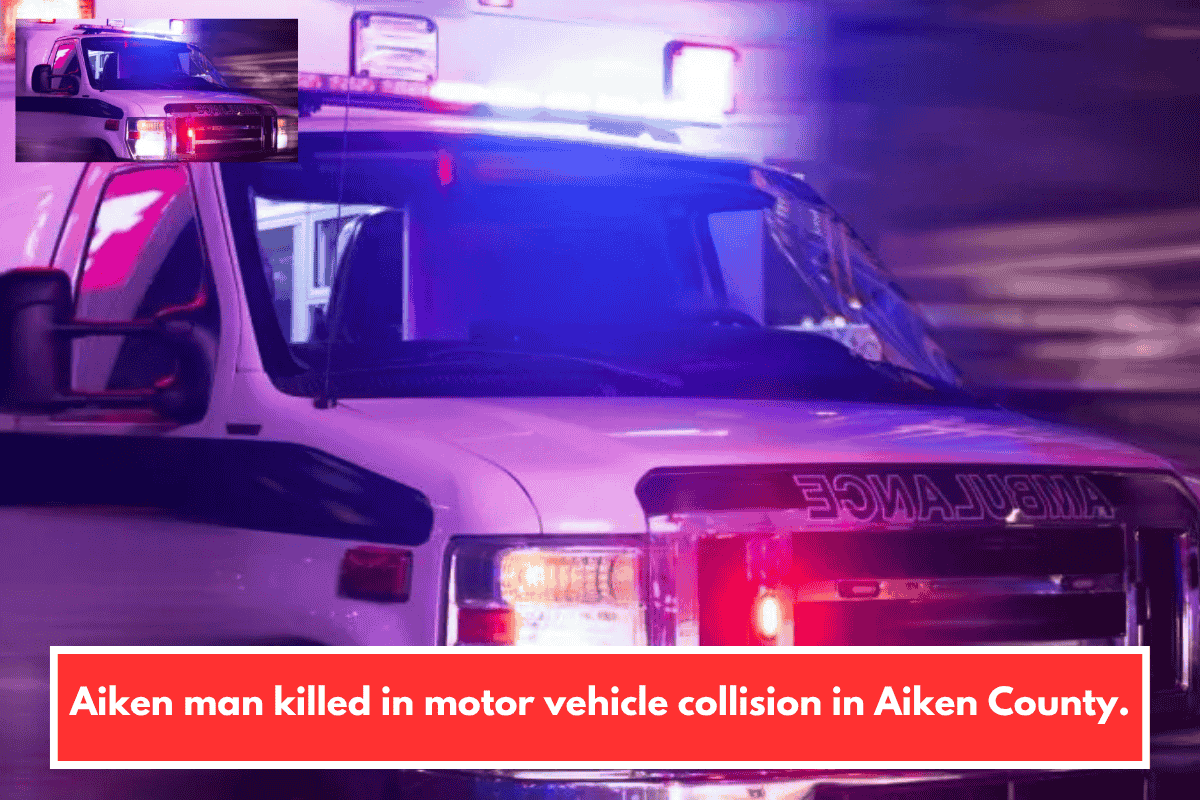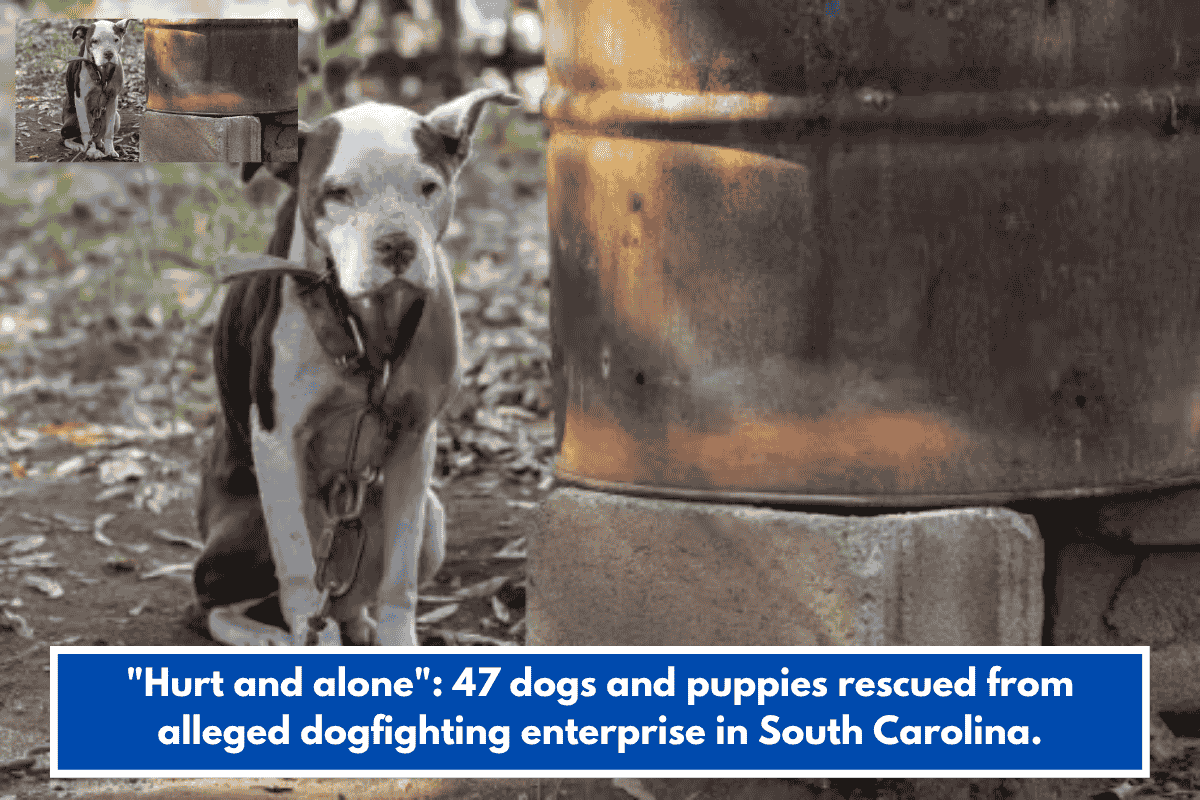AWENDAW, South Carolina – The community of Awendaw is outraged because the South Carolina Department of Environmental Services held a public hearing on a new home development on the same night as the town council meeting.
This public hearing on the possible Seewee Landing project follows the virtual meeting that was held previously. Dozens of neighbors and environmentalists attended the Sept. 29 meeting to express their objections to the big development. The similar level of criticism was apparent at the public hearing on the development’s stormwater permit on Thursday night.
The 48.9-acre development, known as Seewee Landing, would contain a single-family residential subdivision with 65 units. The development would be located at 6578 Seewee Road in coastal Awendaw, just off Cape Romain National Wildlife Refuge, with 39.6 acres of proposed land disturbance. It would affect around 0.480 acres of wetlands.
“My first thought goes to the community,” says Chris Crolley, who has lived in Awendaw for 29 years. “It goes to the folks that are in Awendaw and have been for generations, that thrive in a rural setting.”
The Nov. 6 meeting focused on the development’s state stormwater permit.
“We believe they have regulations in place to protect water quality and discourage overdevelopment, particularly in flood-prone areas, and we hope they simply apply them to these projects as written,” says Grace Gasper, executive director of Friends of Coastal South Carolina.
The criticism stems from concerns that high-density development will have negative environmental consequences, such as water quality, drainage patterns, harm to buffer zones around wetlands, and overall land disturbance.
“It’s just being conscious of where your water is running off to and making sure you’re not having a bigger impact on other families, other homes and other ecosystems that are not directly tied to that land,” says Connor Ansloy, a resident of Aw
throughout the meeting, officials announced that a stormwater pollution plan will be implemented throughout construction. They will also implement sediment and erosion measures such as a silt barrier, inlet protection, and sediment basins. The contractor must also hire an inspector to confirm that the sediment and erosion controls meet standards.
Residents raised concerns about the current excessive stormwater issues and the efficiency of current runoff systems. One homeowner proposed that officials conduct a tour to observe how the water moves during a storm in Awendaw.
This comes after several environmental groups filed a petition against another Awendaw home development proposal to build 208 homes on 182 acres of land known as the White Tract.
Many argue that poor overdevelopment stems from fear.
“I think our natural drainage patterns have just been so damaged that it’s hard to imagine how this number of new homes is not going to impact the surrounding residents,” according to Gasper.
Officials stated they will take all public comments to the engineer and hold them accountable for following their laws and regulations.
When considering whether to approve or refuse the stormwater permit for the new development, the SCDES will consider the water quality control during construction, the rate of stormwater runoff, and the quality of that runoff.













